



Lecture Status as of 10/4/2013
Video Lectures 1-19 are finished;
List of Errata last updated 10/4/2013
AEGIS SPY-1 Radar, Courtesy of US Navy
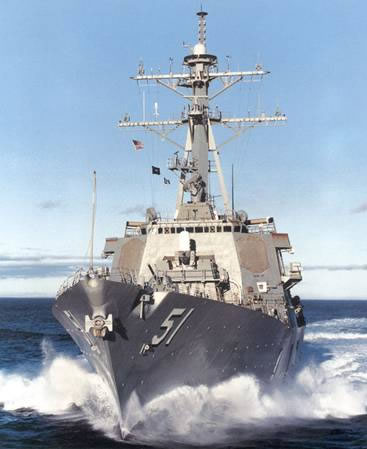
ASR-9 (Airport Surveillance Radar) Courtesy of MIT Lincoln Laboratory, Used with Permission
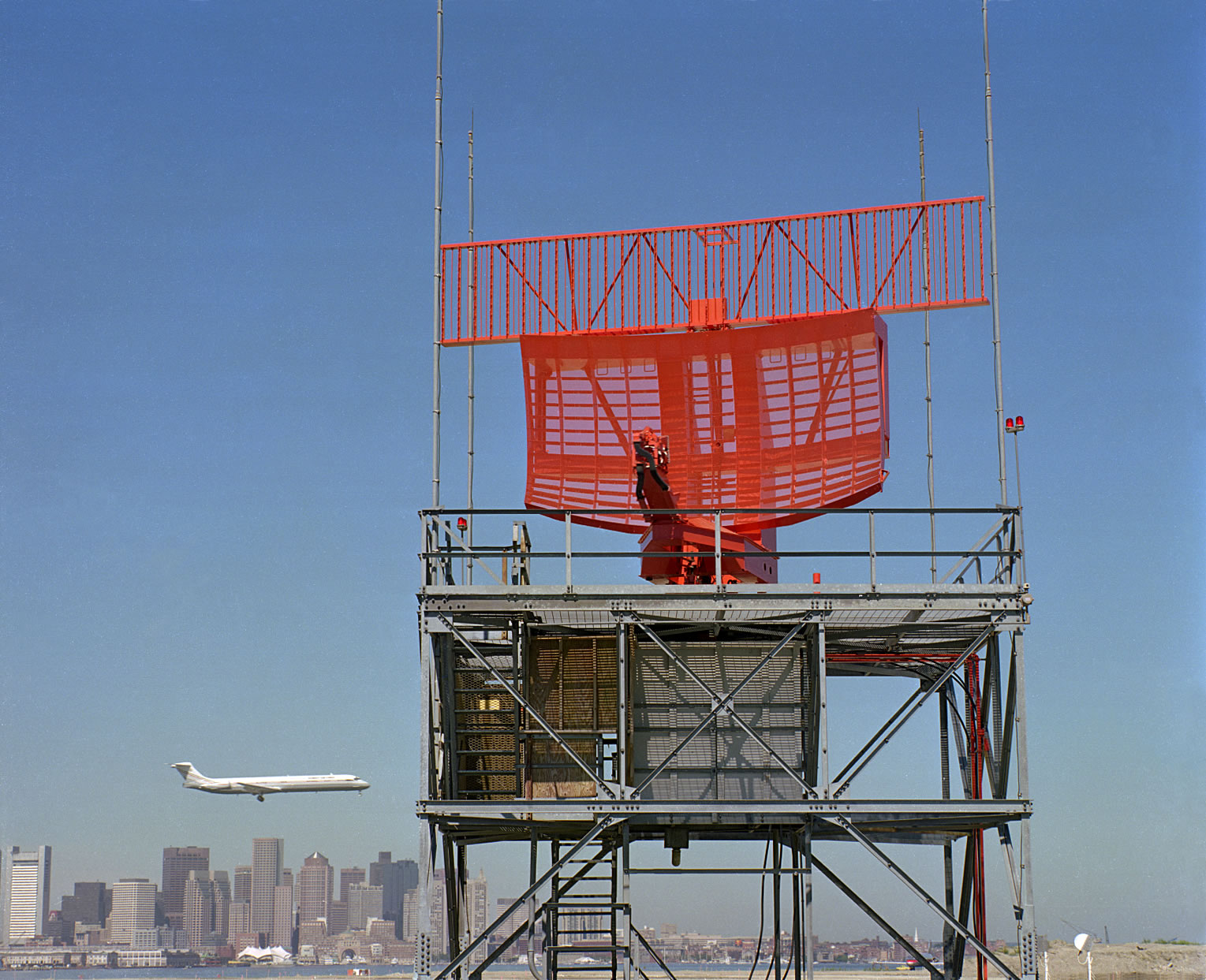
JSTARS Airborne Radar, Courtesy of Northrop Grumman, Used with Permission
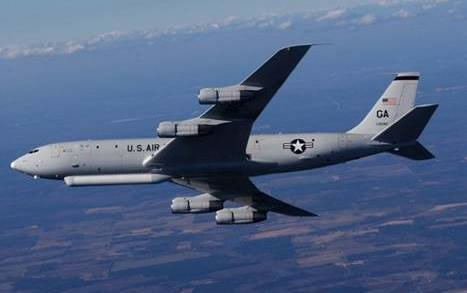
UEWR Radar, Courtesy of Raytheon, Used with Permission
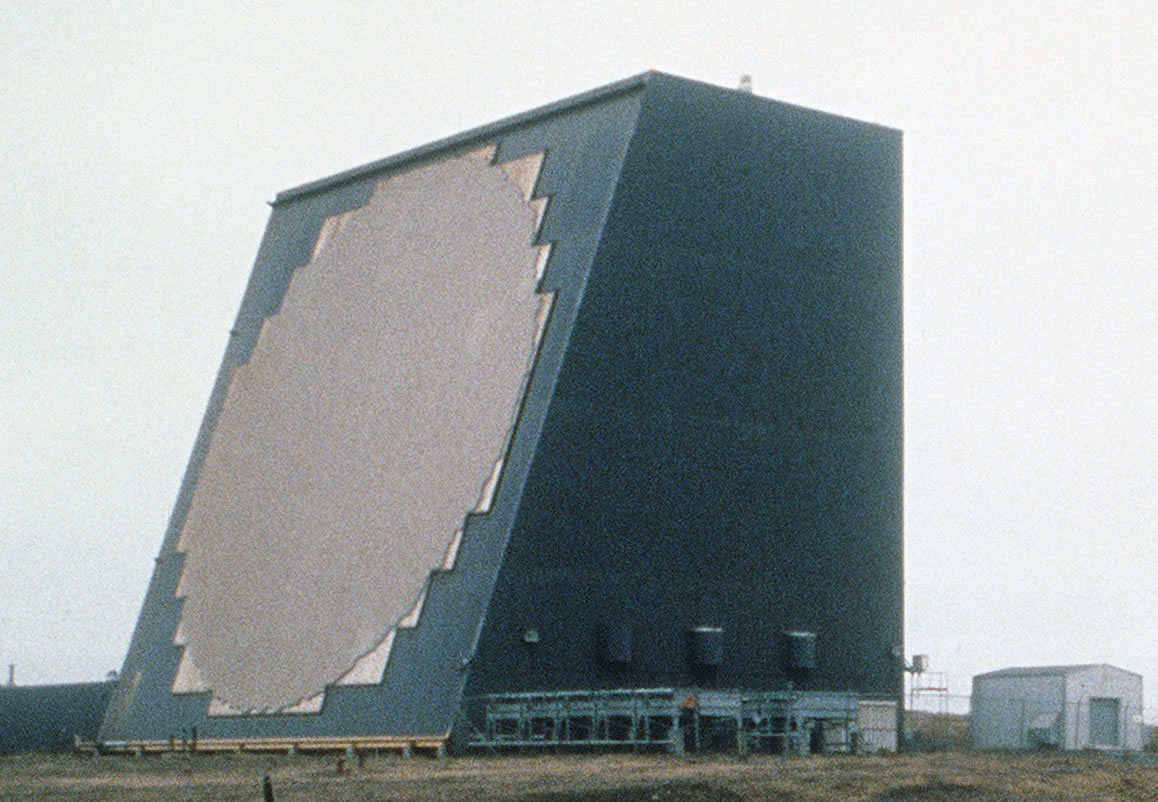
Sentinel - Air Defense Radar, Courtesy of Raytheon, Used with Permission
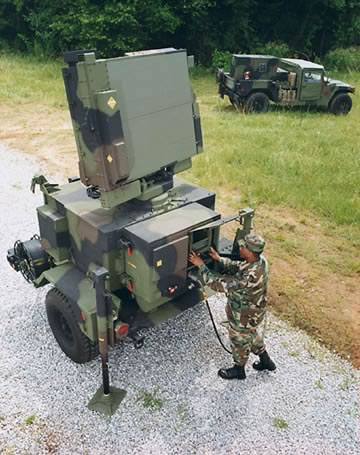
List of Lectures
0. Prelude, pdfs and
video online
1. Introduction, pdfs and
video online
2. Review E & M, pdfs online, video online
3. Review of DSP, pdfs online, video launch date 1/4 online
4. Radar Equation, pdfs online, video online
5. Propagation, pdfs online,
video online
6. Detection, pdfs online,
video online
7. Radar Cross Section, pdfs online, video online
8. Antennas I, pdfs online,
video online
9. Antennas II, pdfs online,
video online
10. Radar Clutter, pdfs online, video online
11. Waveforms & Pulse Compression, pdfs online, video online
12. Clutter Rejection I,pdfs online, video online
13. Clutter Rejection II ,pdfs online, video online
14. Airborne Radar. pdfs online, video online
15. Parameter Estimation, pdfs online, video online
16.Tracking, pdfs on line, video online
17.Transmitters/Receivers, pdfs on line, video online
18. SAR - Synthetic Aperture Radar, pdfs on line, video online
19. ECM - Electronic Counter Measures,pdfs on line, video online
IEEE Aerospace and Electronic Systems Society, and
IEEE New Hampshire Section
Free Video Course in
Radar Systems Engineering
Dr. Robert M. O'Donnell - Lecturer
This Free Radar Systems Engineering Course (video, audio and screen captured ppt slides) and separate pdf slides) has been developed as a first course in Radar Systems for first year graduate students, advanced senior undergraduates, or professionals new to radar (In the first 17 lectures there are over 1150 slides! Lectures 18 & 19 have a total of ~180 viewgraphs)
The video course will contain the screen captured audio and video along with the screen capture of each viewgraph. The textbook for the course will be "Introduction to Radar Systems" 3rd Edition McGraw Hill 2001. Homework problems are taken mostly from that textbook. Although Skolnik's text is the "text book" over fifty textbooks, (including the recently published text, "Principles of Modern Radar" by M. Richards et al ) and scores of journal articles were read to develop the material in this course. In addition, each lecture has a significant number of references at its end. Each lecture will vary in length from 30 minutes to up to 2 hours. Most will be somewhat over an hour. The video stream of each topic will be broken up into "easily digestible" pieces of approximately 20 to 30 minutes.
A list of the subject matter in the 19 "Core" lectures is presented in the column at the right, along with their production status (accecss to the lectures is below)
Goal of Course
The goal of the course is to give those, with little or no previous knowledge of radar systems, but with solid academic knowledge in the physical sciences and electrical engineering, a broad but not complete understanding of radar systems subsystem issues
Typical Student Profile
1. Recent engineering / physical science graduate from a university
2 At least a BS degree in Electrical Engineering, Physics, Mathematics, Computer Science / Engineering, or Mechanical Engineering
3. All must have a solid understanding of Electromagnetism and their fields, Probability, and Calculus through Differential Equations, Vector Calculus, and Linear Algebra
Course Background
This course was first developed and taught in 2000 and approximately yearly, and evolving each time it was taught. It was presented to new Assistant Staff at MIT Lincoln Laboratory, usually BS and MS science or engineering graduates
Computer / Internet Requirements
(Video/Audio and pdf of Viewgraphs)
Acknowledgements
In the prelude (Lecture 0), I acknowledge in detail, the large number of people and organizations, who have helped in this formidable piece of work, among them, IEEE, IEEE Aerospace and Electronic Systems Society, IEEE New Hampshire Section, and MIT Lincoln Laboratory
I dedicate this course to the late Roger W. Sudbury: IEEE Fellow, my friend and mentor for over 30 years
If you are interested in taking this course
for academic credit click here
.